-

·
Breast Massage Benefits – The Ultimate Breastfeeding Hack
Discover how breast massage can boost milk supply, ease pain, improve milk quality, and support your breastfeeding journey—all with simple, gentle techniques backed by research and real-life results.
-
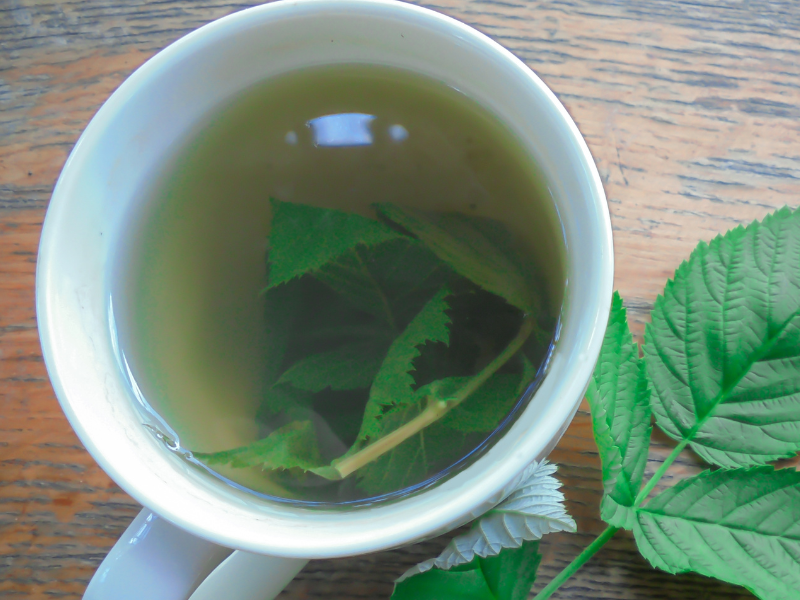
·
Red Raspberry Leaf Tea – Great Pregnancy & Postpartum Support
Red raspberry leaf tea has long been used to support women during pregnancy and postpartum. While science hasn’t proven it boosts milk supply, many moms swear by it. Here’s what the research says, what moms report, and how to use it safely while breastfeeding.
-
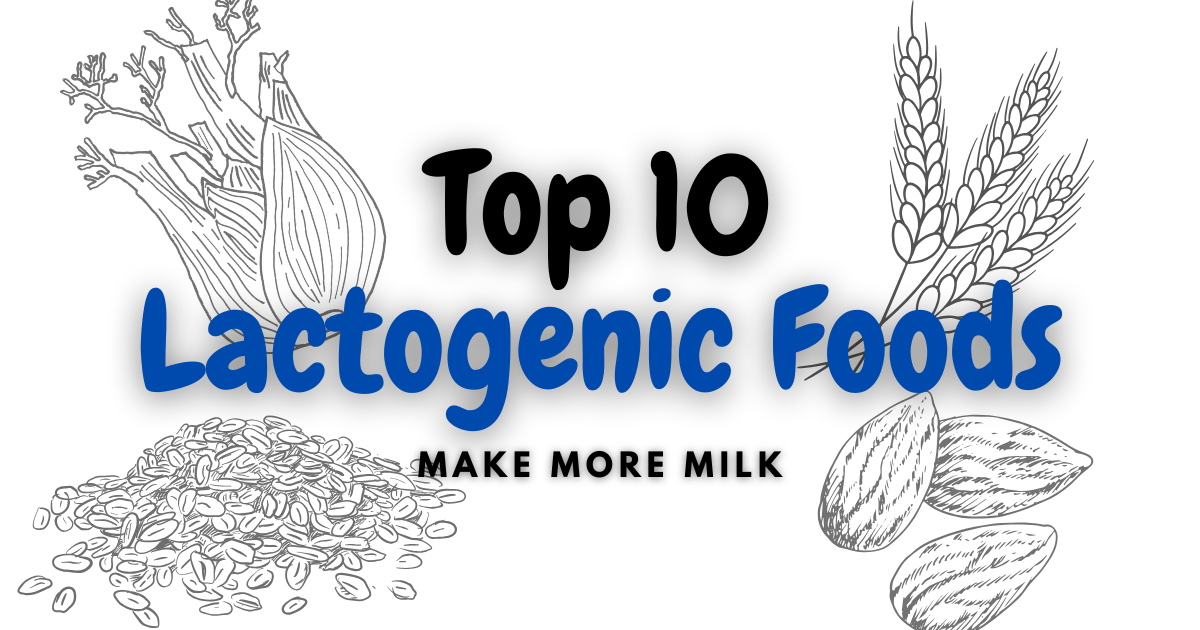
·
Increase Milk Supply – Top 10 Lactogenic Foods for Best Results
Certain foods may naturally help increase milk supply by supporting hormones and nourishing your body. From oatmeal and moringa to fennel and ginger, these lactogenic foods have been linked to better milk flow, richer nutrition, and healthier breastfeeding for mom and baby.
-
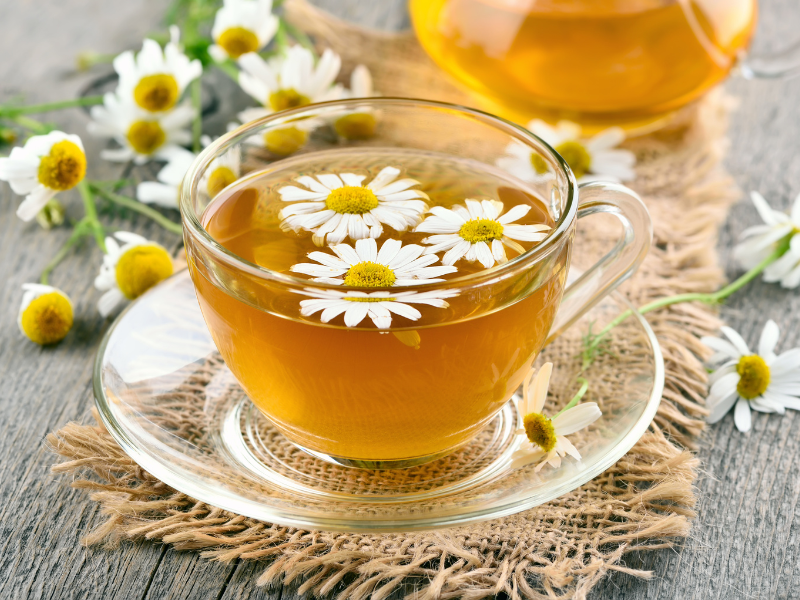
·
Chamomile Tea for Increased Milk Supply – And Extra Special Benefits
Chamomile tea for milk supply is a gentle, natural option many breastfeeding moms turn to for support. While research is still emerging, chamomile may help reduce stress, promote better sleep, and even soothe colicky babies. Learn how to use it safely, what to avoid, and who to ask before adding it to your routine.
-
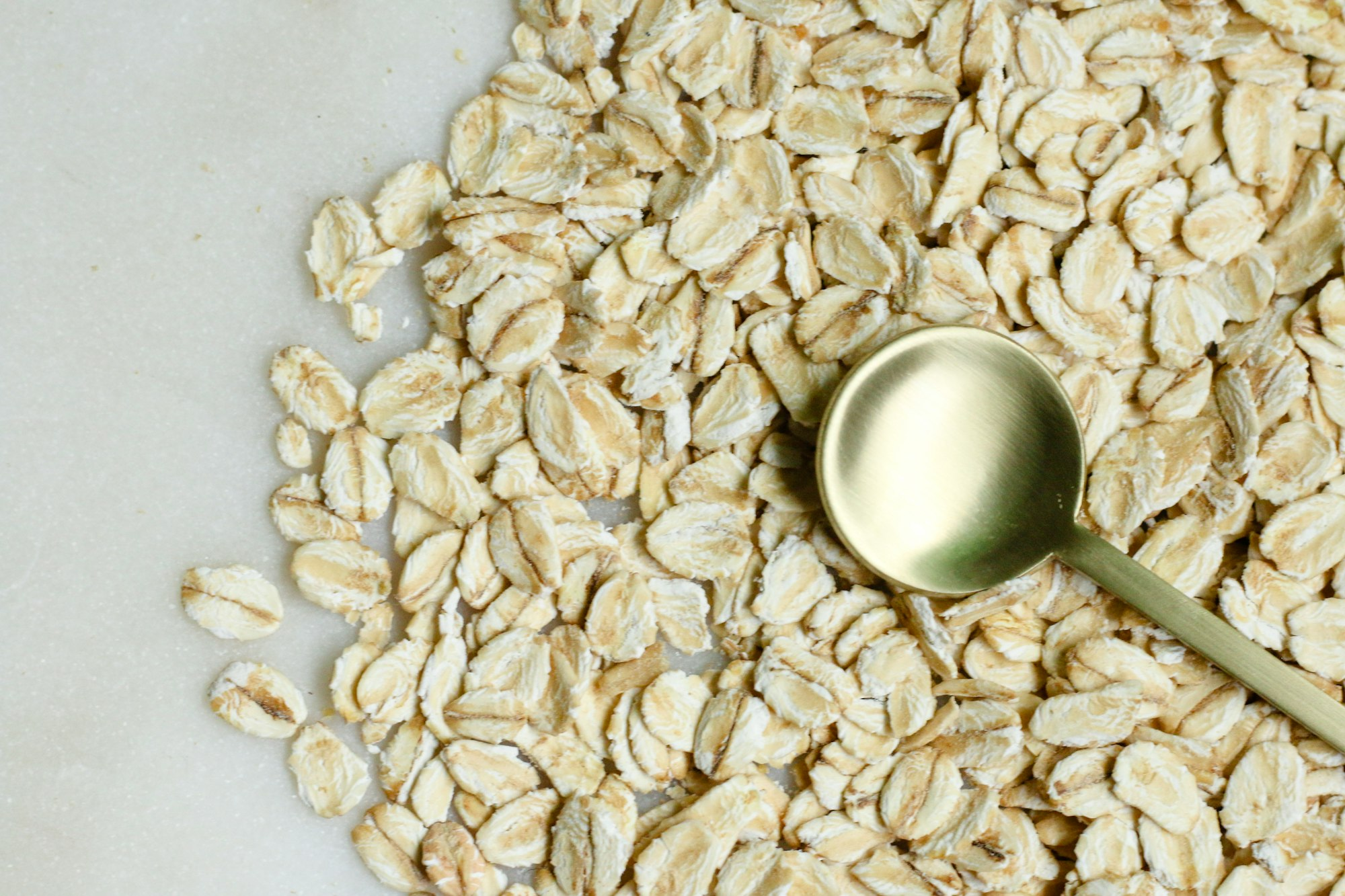
·
Oatmeal For Breast Milk – One Bowl = Big Milk Impact
Oatmeal for breast milk is a simple, natural way to support lactation. Rich in iron, beta-glucans, and key nutrients, it may help boost milk supply while nourishing your body. From warm bowls to oat water and cookies, it’s a versatile addition to any breastfeeding routine.
-
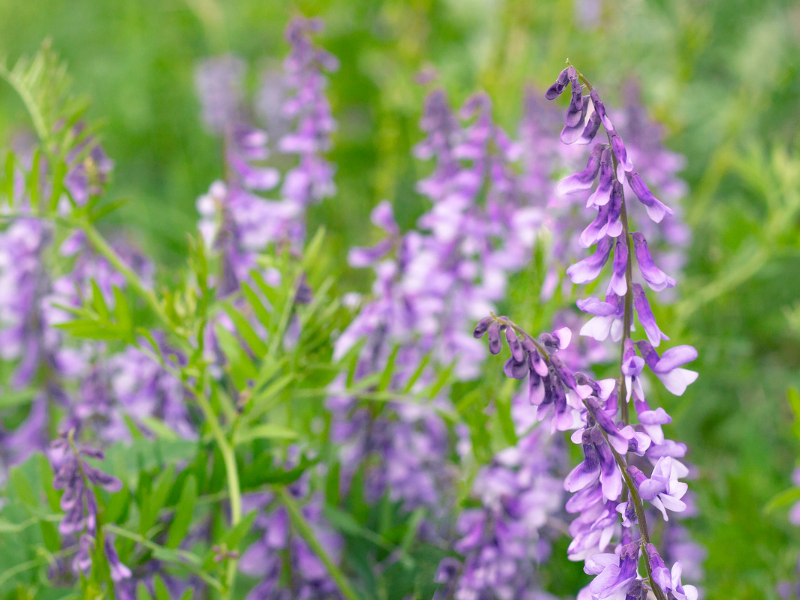
·
Goat’s Rue and Breastfeeding: The Natural Way to Make More Milk
Goat’s Rue is a natural herb used to support breast milk supply. It can help increase milk flow, develop breast tissue, and support lactation—especially in moms with low supply or special breastfeeding situations.
-

·
Boost Your Milk Supply: The Surprising Power of Galactagogues
Galactagogues are foods, herbs, and medicines that may help increase milk supply and stimulate breast milk production. From safe galactagogue herbs like fenugreek and fennel, to lactogenic foods such as oats, garlic, and leafy greens, there are many natural ways to boost supply.
-

·
Baby Refusing One Breast? Causes & How to Fix It
Some babies develop a breast preference, even refusing one breast. While this can feel worrying, it’s usually temporary and manageable. With gentle approaches like offering the less-preferred side first, trying new positions, or pumping to protect supply, most babies adjust—and one breast can still fully nourish your baby.
-

·
How to Make More Milk – Fix a Low Milk Supply
Worried about low milk supply? You’re not alone. Many moms wonder if their baby is getting enough breast milk. Common signs include slow weight gain, fewer wet diapers, or fussiness after feeds. The good news? With the right support—like checking latch, feeding often, skin-to-skin, or even safe teas for breastfeeding—you can often boost milk supply…
-

·
The Magic of Breastfeeding Hormones – Oxytocin and Prolactin
Discover how breastfeeding hormones like Oxytocin and Prolactin help you produce milk, trigger letdown, and bond with your baby. Learn how these hormones affect mood, milk supply, and even your uterus, plus simple tips to support them naturally.

Breastfeeding Problems & Solutions
Tag: Low Milk Supply
 This tag is used for content and discussions related to insufficient milk production during breastfeeding. It covers both perceived low supply, where a parent worries their supply is inadequate despite the baby thriving, and actual low supply, where milk production does not meet the baby’s nutritional needs.
This tag is used for content and discussions related to insufficient milk production during breastfeeding. It covers both perceived low supply, where a parent worries their supply is inadequate despite the baby thriving, and actual low supply, where milk production does not meet the baby’s nutritional needs.
This is a central resource for parents seeking information, support, and solutions for challenges with milk production.
We Look Into:
Signs of Low Supply: How to differentiate between true signs of insufficient milk transfer (like poor weight gain or low diaper output) and normal infant behaviours (like frequent feeding, fussiness, or shorter nursing sessions).
Causes and Contributing Factors: Exploring common reasons for reduced milk production, including:
Infrequent or ineffective milk removal (due to poor latch, scheduled feeds, or missed pumping sessions).
Hormonal conditions (e.g., PCOS, thyroid issues).
Certain medications or herbs.
Previous breast surgery.
Supplementing with formula without protecting the milk supply.
Strategies to Increase Milk Supply: Practical advice and methods for boosting production, such as:
Power pumping: A specific pumping schedule that mimics cluster feeding.
Galactagogues: Information on foods, herbs (like fenugreek or moringa), and prescription medications known to increase milk supply.
Ensuring a proper latch and effective milk transfer.
Increasing the frequency of nursing or pumping sessions.
Supplementation: Guidance on when and how to supplement with expressed breast milk, donor milk, or formula while protecting the breastfeeding relationship.
Professional Support: Information on when to seek help from a lactation consultant (IBCLC), doctor, or paediatrician to diagnose and manage supply issues.
Personal Stories and Emotional Support: A space for parents to share their experiences, frustrations, and successes, creating a supportive community around a common and often stressful feeding challenge.